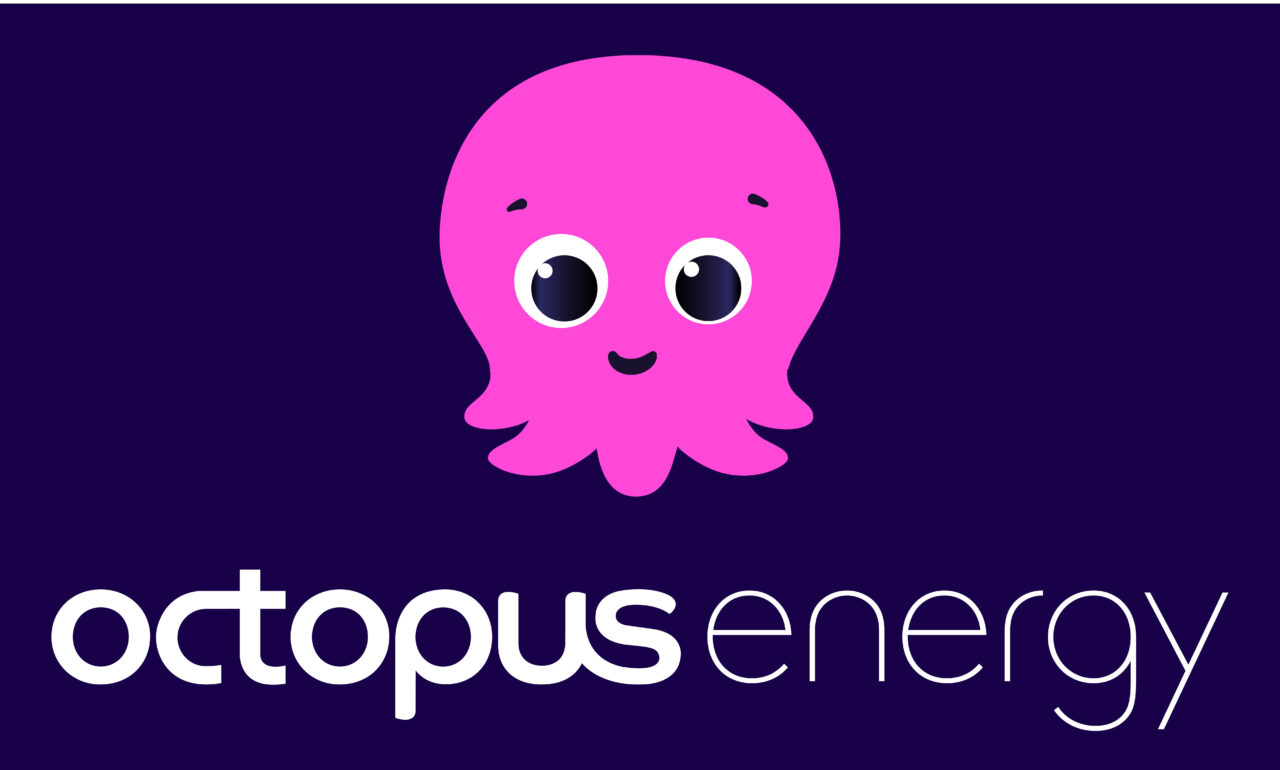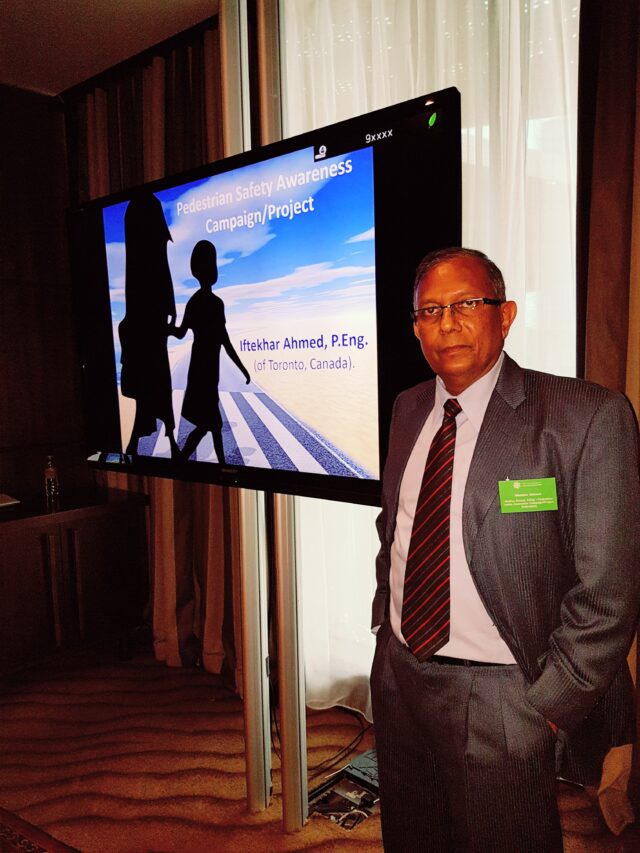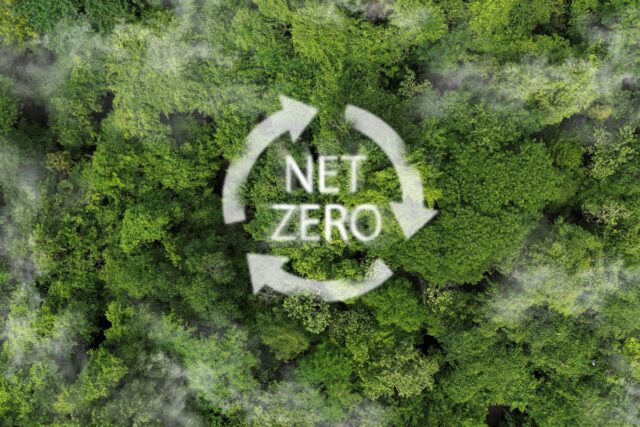July 14, 2025
How to Create A Compelling Brand Identity

The energy industry is a great example of a highly competitive and homogenous marketplace. There is often minimal differentiation between the products and services offered by suppliers in terms of quality and features. Because of this, it is important to stand out in other ways. But what are the innovative approaches that they can take to differentiate their offering and create a compelling brand identity? Jo Forsdike, Marketing Manager at POWWR explains.
Create A Tangible Value Proposition
A good place to start is to create a brand promise. A tangible value proposition that resonates with the market. It is important to focus on providing measurable benefits that echo the shifting needs of consumers. Be that reliability, sustainability, or affordability.
In many ways, Octopus Energy (a finalist in the International Sustainability Awards 2025) is the poster child for this. In a few short years it has gone from a standing start to now being the UK’s leading domestic energy provider. Its CEO puts this down to the company’s investment in its marketing, and ensuring its value proposition around exceptional customer service is always at the heart of its messaging.
However, whilst creating a core brand identity is important, it should not be a one size fits all. Rather, it needs to be tailored depending on what audience segment the business is attempting to reach.

Becoming Customer-Centric
Customers are seeking more engagement. Thankfully, through digital platforms and technologies such as smart meters providing real-time data and feedback, consumers are more informed than ever before. Because of this, they feel empowered and in control of their energy choices and consumption.
Whereas traditionally consumers have had a passive role with limited options, today they are active participants. Smart suppliers realise this and are coming up with techniques that put consumers in the driving seat, such as gamifying the billing process and rewarding those that pay on time.
How Technology Can Help
Marketing insights and predictive analytics can both be extremely helpful to ensure that offerings are in lockstep with current and future challenges faced by customers. By using technology to analyse data and customer behaviours, it is now possible to forecast energy demand more accurately than ever before. Using that data, solutions can be offered proactively that help address current and future needs.
By segmenting the audience further based on user behaviours, demographics, and preferences, a supplier can also create more targeted and effective marketing campaigns. These campaigns can include messaging that is tailored to addresses the unique challenges and requirements of each segment.
Of course, predictive analytics can also be instrumental in designing energy efficiency programs that both lead to significant cost savings for customers and help cement a supplier’s net zero credentials.
Pick Partners Wisely
It is not only what the business itself does that is important. It is also imperative to pick partners wisely to extend the business’ brand reach and influence within the competitive energy sector. Identify gaps in current offerings and then select partners who can fill them.
Do not stop there, though. Through joint marketing campaigns, co-branded content, and shared events, economies of scale come into play. These initiatives are also a good opportunity to position the brand, and that of the partner, as thought leaders within the industry.
A Brand for Today and Tomorrow
In such a competitive market, differentiation is key. Create a brand identity that sets the business apart. Make sure it resonates to the desires of today and the sustainability needs of tomorrow. Technology can be instrumental in helping a business mould its offerings, and partnerships can help fill in the gaps. However, in these times when a consumer is more conscious to the needs of the planet than ever before, it is important that energy companies continue to invest in sustainability initiatives and renewable energy sources.
As consumer awareness continues to grow, there will be a surging trend towards customer-centric energy solutions over the next five years. Whether that be personalised energy plans such as time of use tariffs, or front-to-back smart home integrations. Either way, energy companies will need to ensure that they are leveraging the data at their fingertips to tailor their offerings to individual consumer preferences to enhance engagement and garner loyalty.



